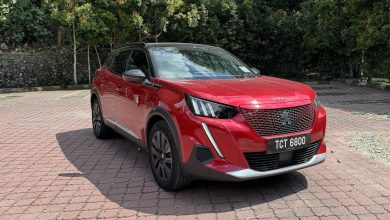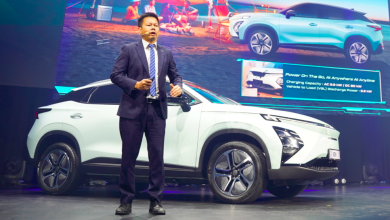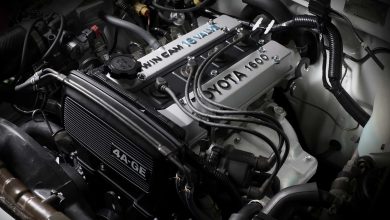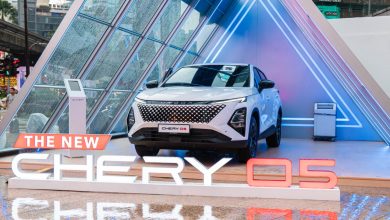Lotus’ New Theory 1 Concept Blends An Esprit With A McLaren F1

This new Lotus concept also packs a 1,000 PS twin e-motor powertrain good for 0-100 km/h in 2.5 seconds.
Lotus has recently revealed a new concept supercar, for which it has dubbed the Theory 1. This all-electric concept has been hyped up by its makers to give a preview of what its future cars will look like, with this prototype in particular said to evoke the spirit of its legendary Esprit as a brand-building performance showcase.

Now the Esprit influence on the Theory 1’s exterior aesthetic comes mainly from both cars sharing the same wedge-shaped silhouette, and really not much else to be frank. Such is as right up front on this concept is a rather sharply-defined nose topped with thin boomerang-shaped headlights, which at some angles makes this Lotus look like a lovechild between a Ferrari SF90 and Lamborghini Sian.
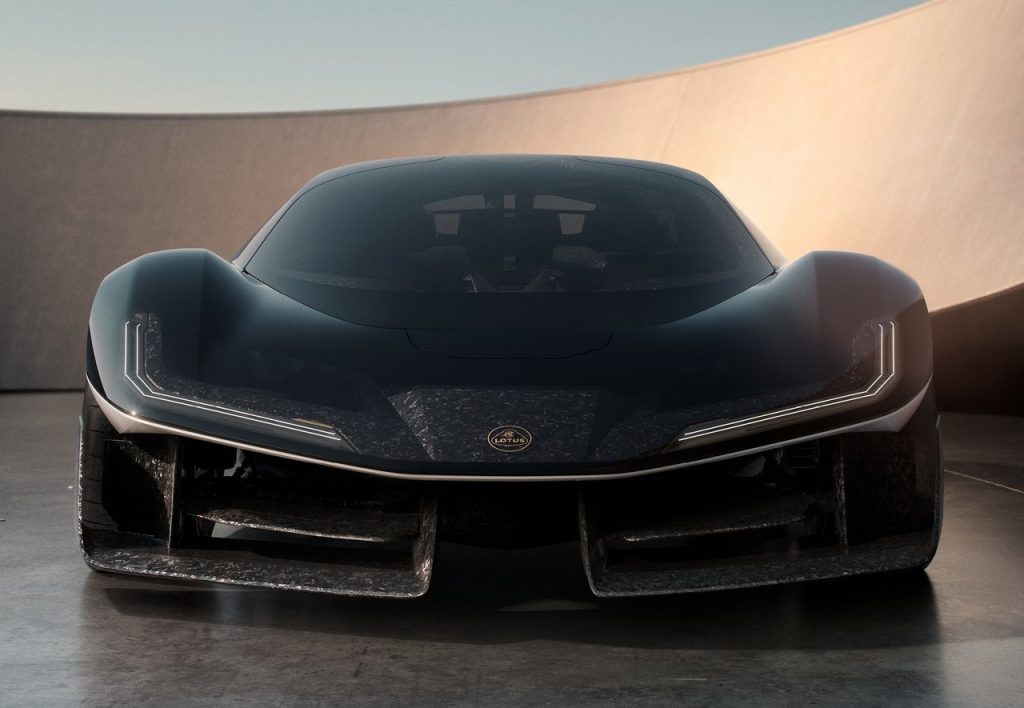
In the middle of the Theory 1 meanwhile are some wild-as-you-like pair of gullwing-type doors, which in this case though opens towards the rear as it arcs upwards. This wild Lotus is then finished off round its rump with essentially no design at all, as a gaping hole that separates its thin LED light strip above and massive diffuser below enables clear view right into the rear-mounted portion of this e-supercar’s electric drivetrain.
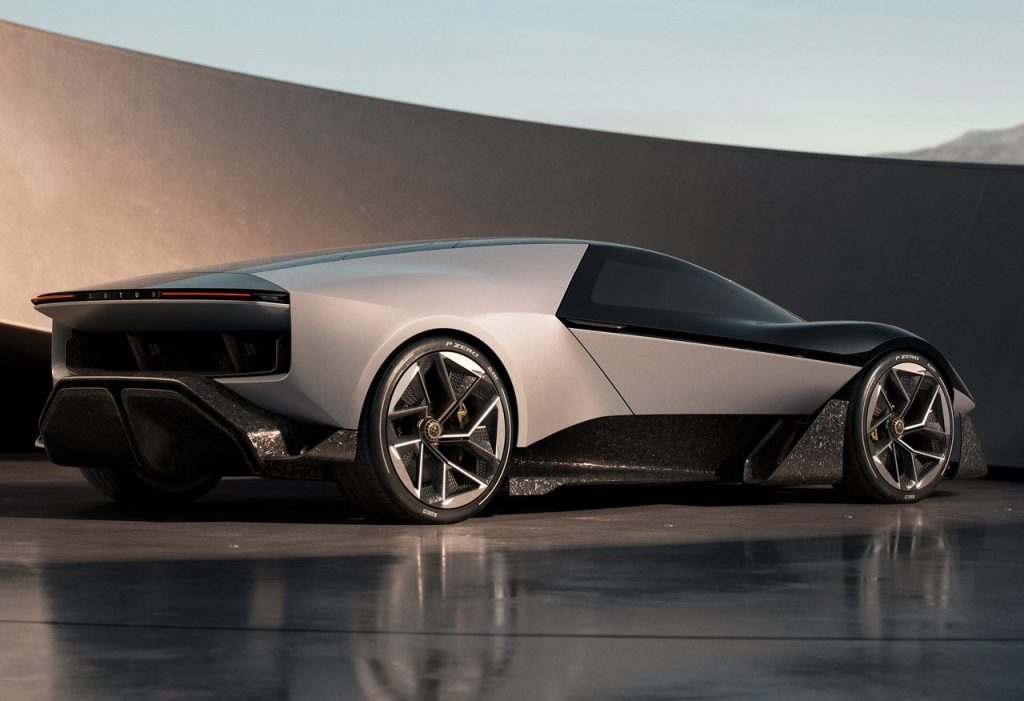
According to Lotus themselves here, the Theory 1’s recycled-glass greenhouse and lack of sheet metal in its design is said to be another interpretation of its ‘simplify and add lightness’ ethos. And the British supercar marque seems to have taken this brutally minimalist approach to the next level within this concept, as its McLaren F1-esque three-seat layout has been sculpted directly onto a fully exposed recycled chopped carbon tub.
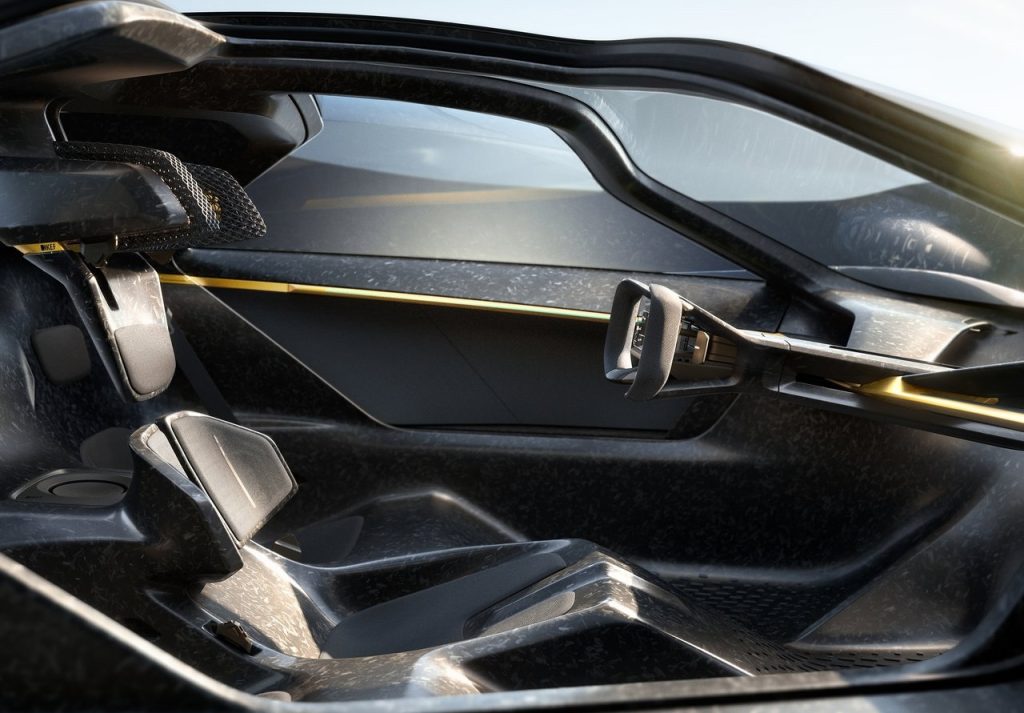
The minimalist interior of the Theory 1 has also ditched its infotainment screen and traditional display, with it instead only having a head-up display and screens next to each A pillar in place of side mirrors. Other cool touches within the Theory 1 worth highlighting are a set of speakers embedded into the headrests of each seat using a 3D-printed lattice structure, with each seat apparently feature minimal padding to further shed precious grammes within the cockpit too.
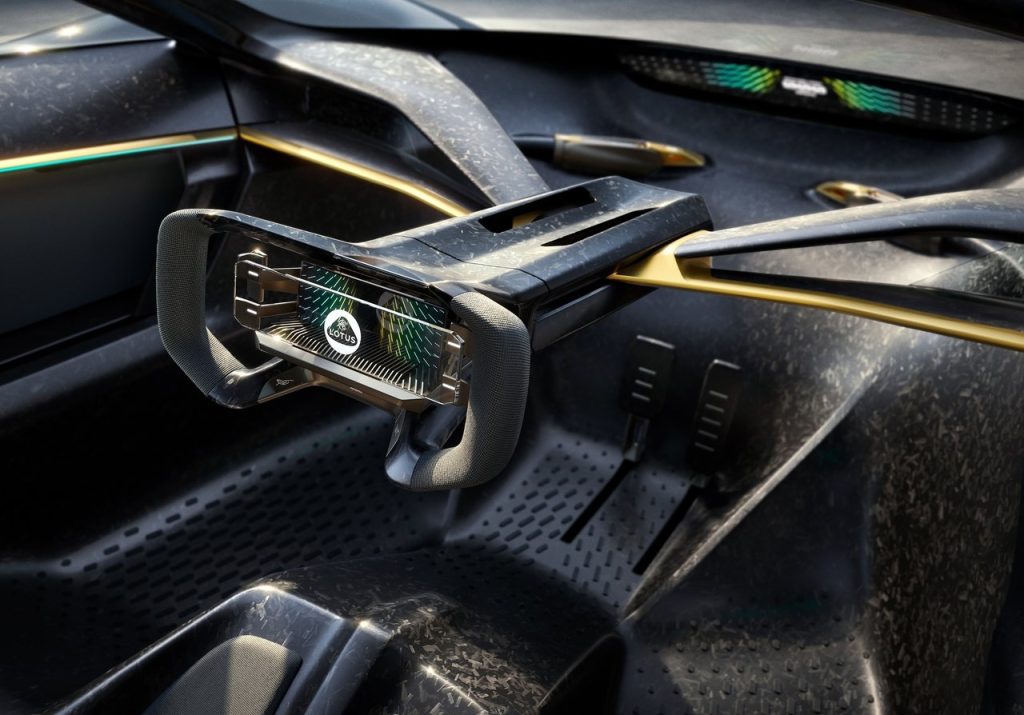
Such weight-shedding is however slightly negated by an admittedly cool feature that Lotus has co-developed with start-up Motorskins, which sees for small inflatable pads embedded into the fabric of the seats and steering wheel that offer feedback prompts. So instead of a warning light when a car is in a driver’s blindspot for instance, the system could replicate a tap on the driver’s shoulder.

Turning towards what actually drives this Theory 1 now, this all-electric supercar features a twin e-motor all-wheel-drive setup that outputs a combined 1,000 PS. Lotus is currently touting for this concept to manage a 0-100 km/h sprint in under 2.5 seconds, before eventually topping out a V-Max of 200 mph (320 km/h).
Providing power to said e-motors meanwhile is a 70.0-kilowatt-hour battery pack, for which the automaker aims to extract 400 km of driving range out of it. Interestingly, the rear motor and battery assembly are used as a stressed member, with the rear suspension and wing attached directly to it, aping an F1 design trend started by the 1967 Lotus 49.

One more point regarding the powertrain that Lotus wishes to highlight is for the 690 hp rear electric motor acts as the main drive unit while a physically smaller 296 hp motor lives up front, such that this concept can retain a sleek nose. Current dimensional data provided by the manufacturer puts the Theory 1 at 4,490 mm long and just 1,140mm tall, with a 2,650 mm wheelbase.
This all-electric supercar features double wishbone suspension at both ends, and a first-for-Lotus steer-by-wire system. Responsible for stopping the Theory 1 are a set of six-piston brakes provided by long-time Lotus partner AP Racing, which bites on this concept’s staggered set of Pirelli P Zero Elect tyres (20-inches up front, 21-inches on the rear).
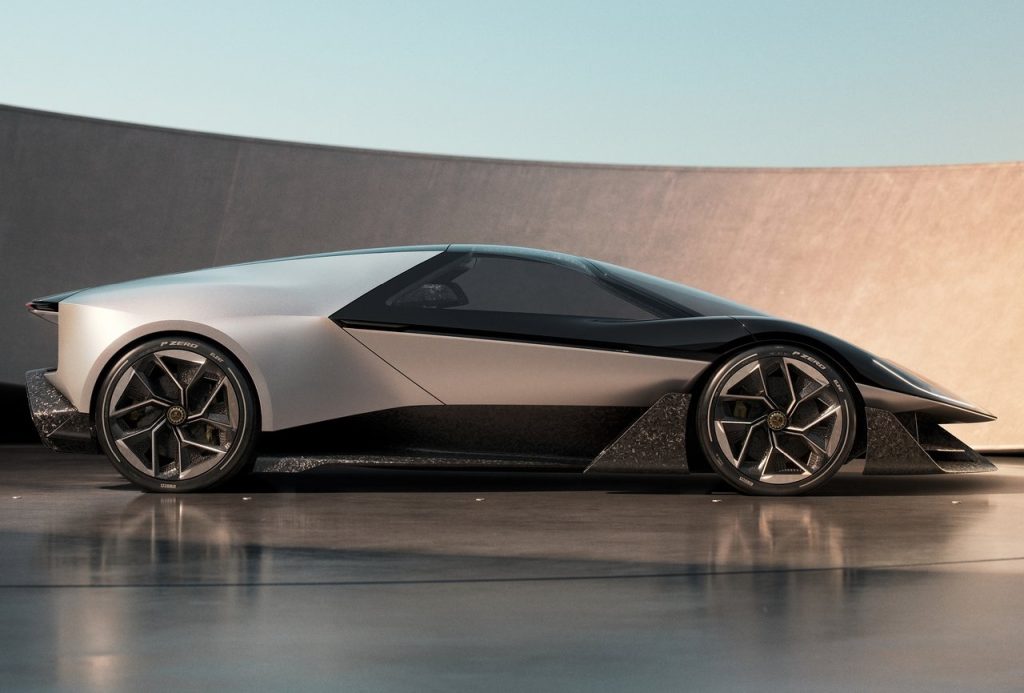
While still a concept thus far, Lotus claims that around 85% of its technical features are production-ready, with hints from within the automaker that a road-going version could follow. Whatever it may be however, it will likely come after a smaller all-electric SUV that the company is set to launch in the coming months.


